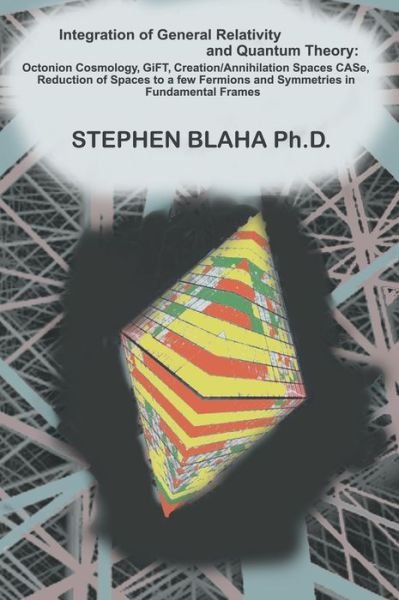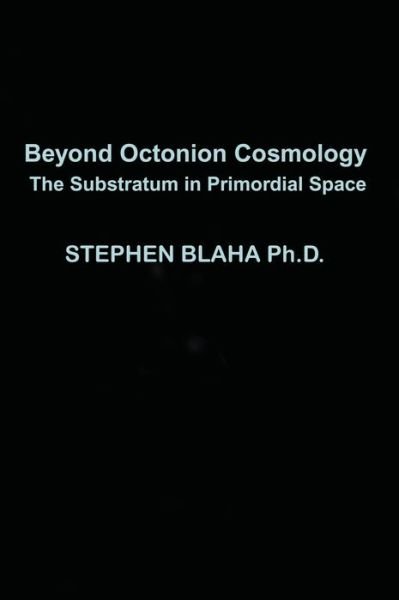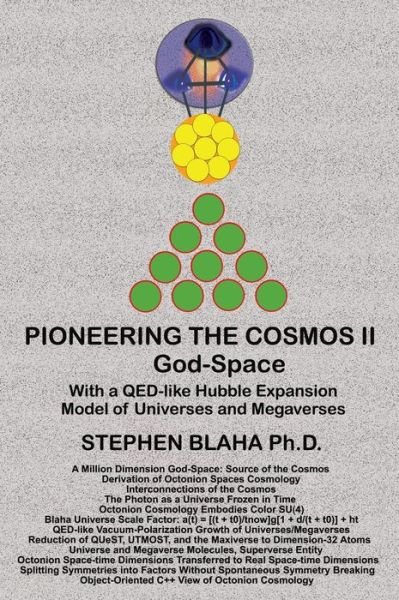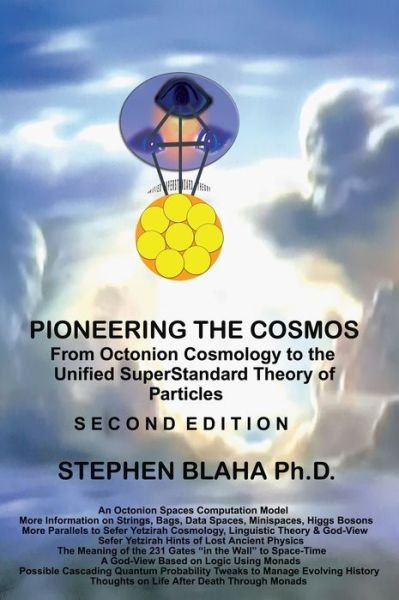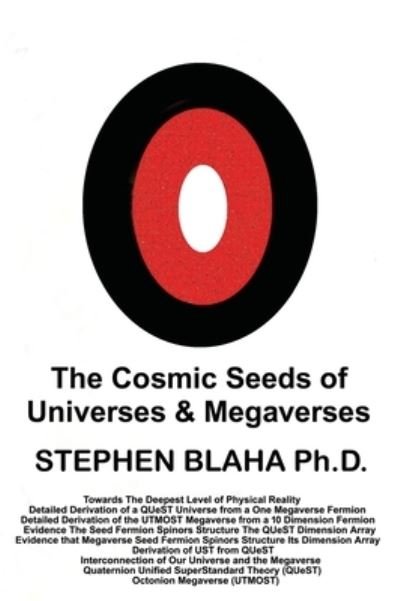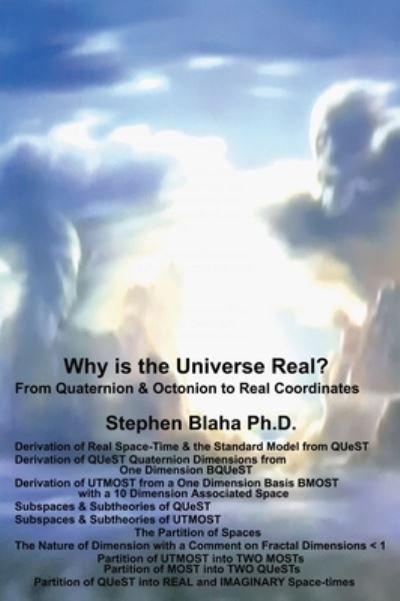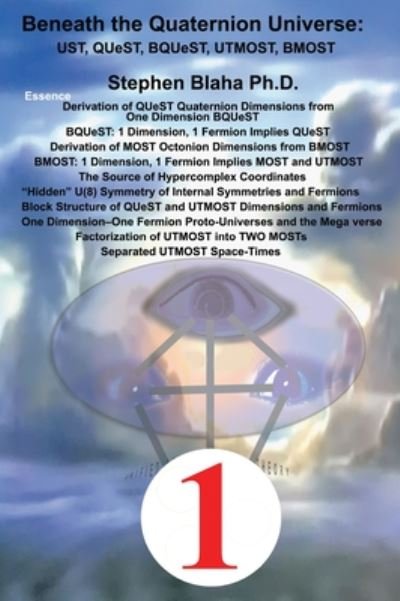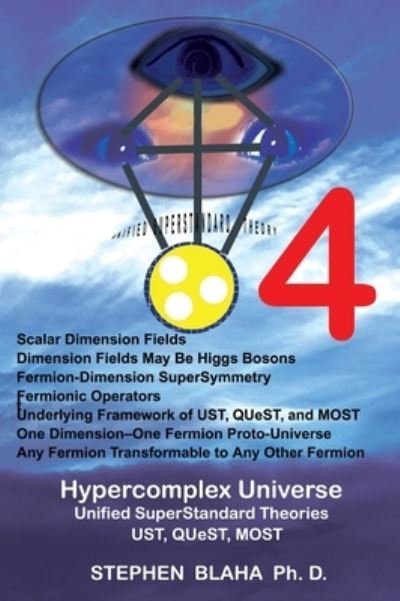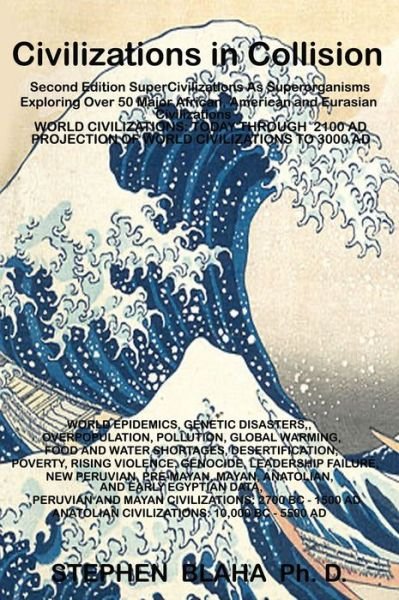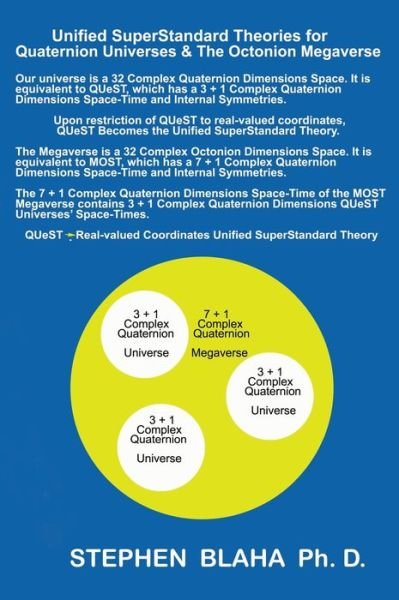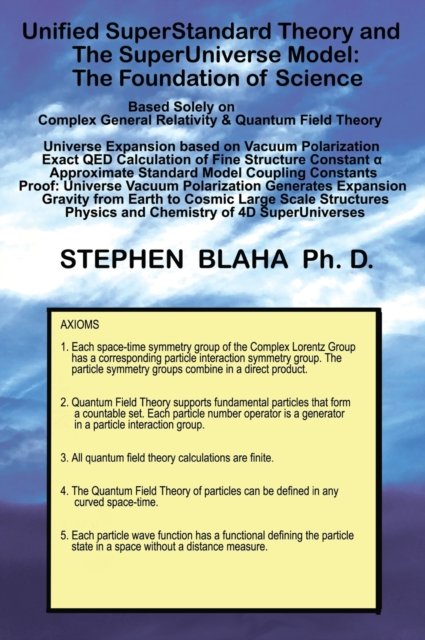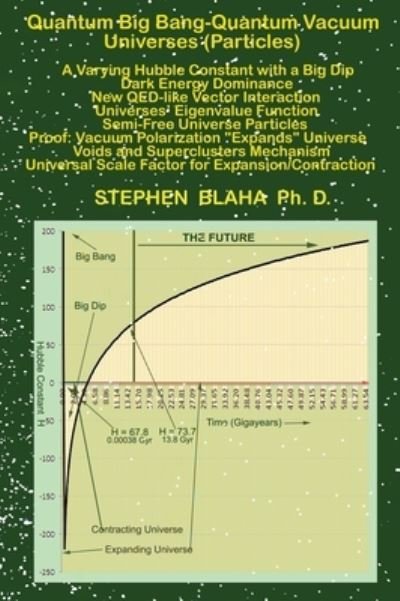
Tell your friends about this item:
To Far Stars and Galaxies: Second Edition of Bright Stars, Bright Universe
Stephen Blaha
To Far Stars and Galaxies: Second Edition of Bright Stars, Bright Universe
Stephen Blaha
This book is the Second Edition of the ground-breaking book on faster-than-light travel Bright Stars, Bright Universe: Advancing Civilization by Colonization of the Solar System and the Stars using a Fast Quark Drive which described a new approach to spacecraft propulsion that could enable Mankind to travel to the stars, and beyond, to the galaxies of the known universe. In this edition we add Appendices to the original edition (together with a few minor changes to the First Edition) on Seeing and Navigating through the Cosmos on superluminal starships; Complex Thrust using Braided Accelerators; Suspended Animation to keep the biological clocks of starship occupants in sync with earth time; Engineering very long life starship and life support components; Robot guidance and robot exploratory starships; and Fuel consumption on starships. At the time of this writing the United States appears headed towards a deficit of ten or eleven trillion dollars over the next ten years. It appears that a likely cost for starship R&D would be of the order of half a trillion dollars spread over perhaps thirty years - a small amount relative to the projected US deficit - with an enormous reward for success. On a yearly basis this expense averages to about seventeen billion dollars per year. Since the NASA budget is eighteen billion dollars a year, the cost of the starship program is comparable and quite affordable. The formation of an international consortium would further reduce the per country costs. If the United States paid sixty per cent of the costs then its share would be about ten billion dollars per year. It is a venture of great significance to the future of Mankind. The cost is relatively small; the benefits are potentially enormous! In a series of recent books we explored the theoretical importance of superluminal (faster-than-light) particles called tachyons in the derivation of the form of the Standard Model of Elementary Particles. We also showed some of the remarkable features of superluminal particles such as reverse fission, length dilation, and time contraction - quite the opposite of sublight phenomena. In this book we examine the possibility of superluminal starship propulsion for interstellar exploration and colonization. We begin the book with a statement of the earth's present condition and the need to expand into space or face a slow decline into a cultural and social miasma. Then we develop a new plan for the exploration and colonization of this solar system since it appears that current announced plans have missed the mark and do not have an overall long-term approach. Since this solar system lacks enough planets that are congenial for human life we consider the possibility of colonizing planets around other stars. Many plans have been proposed for interstellar spaceships - starships. But they are usually impractical for some good reason(s). In this book we will consider superluminal (beyond light speed) starships based on tachyon dynamics. They provide a practical means of starship propulsion although much R&D must be done before the proposed starships can be built. Once built they will support speeds up to 5,000 to 30,000 times the speed of light and beyond making the universe Mankind's backyard. Travel times to other galaxies could be as short as a few months. Superluminal starships open the door to a vast expansion of humanity into the universe in the large! As world population grows, and human social needs also grow, the capacity of the world to mount a major space effort will diminish. So a major space initiative with a well-thought out game plan is required now, while we still have the resources.
| Media | Books Hardcover Book (Book with hard spine and cover) |
| Released | October 5, 2009 |
| ISBN13 | 9780981904955 |
| Publishers | Pingree-Hill Publishing |
| Pages | 108 |
| Dimensions | 180 × 250 × 10 mm · 408 g |
| Language | English |
More by Stephen Blaha
See all of Stephen Blaha ( e.g. Hardcover Book , Paperback Book and Book )

 Christmas presents can be returned until 31 January
Christmas presents can be returned until 31 January






